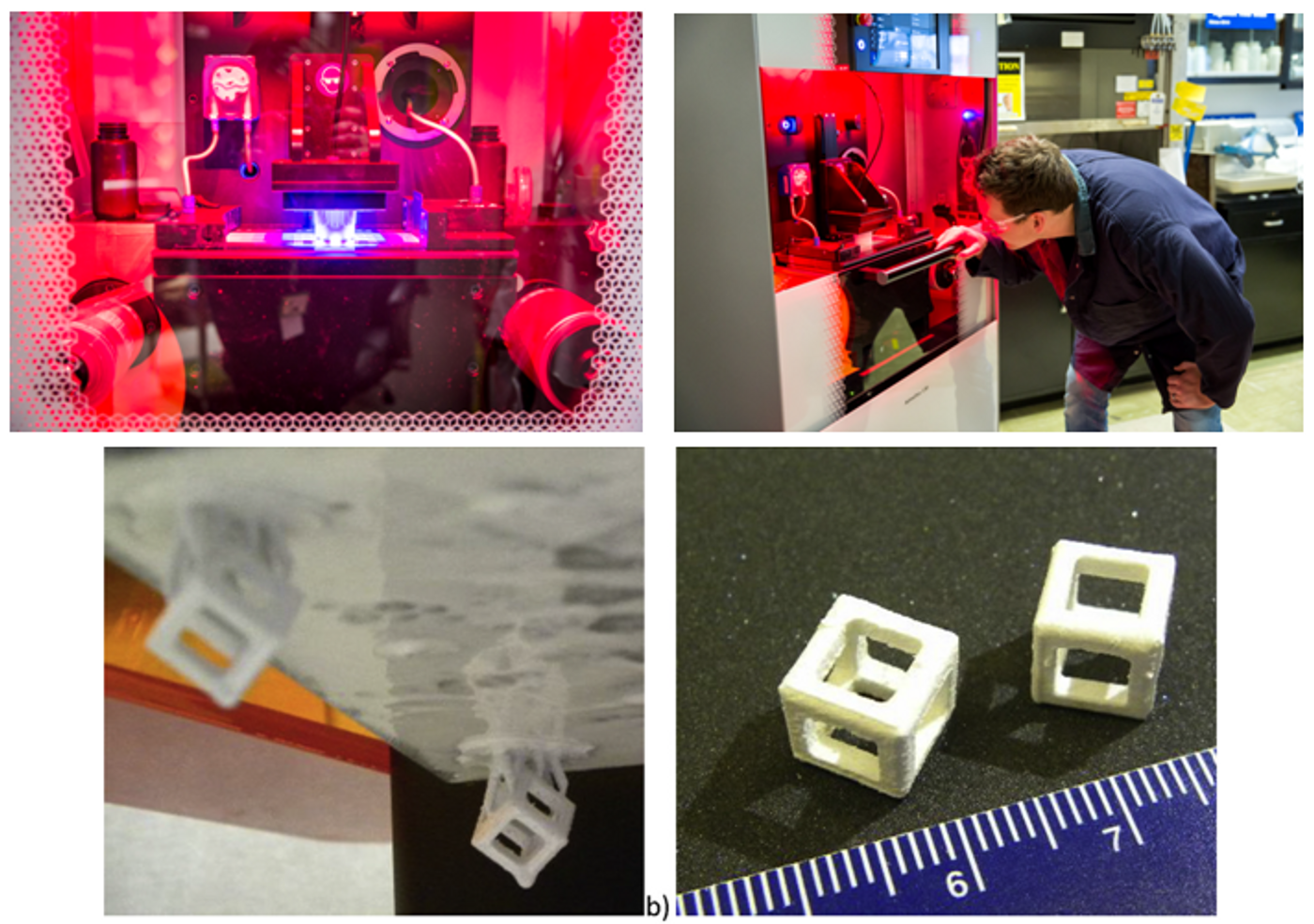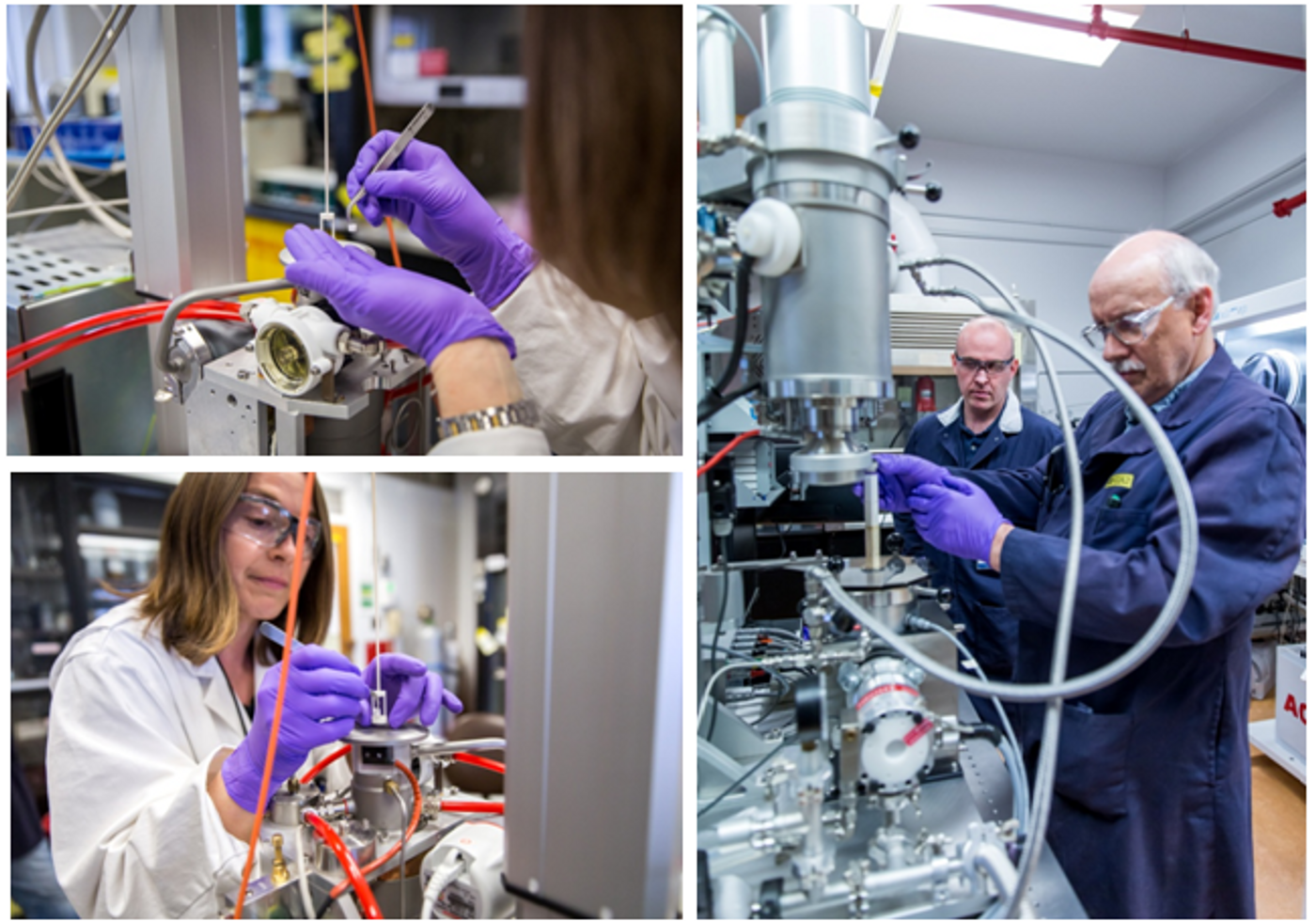Innovations that Can "Fuel" Our Future (Part II)
Innovations in reactor technology go hand in hand with the advancement of nuclear fuel.
Introducing complex geometric structures to fuel elements can enhance power output, safety margins, and accident tolerance. However, conventional techniques such as die pressing are not capable of fabricating fuel of irregular shapes.
Last year, in a publication with the Journal of Nuclear Materials scientists at Canadian Nuclear Laboratories (CNL) reported they successfully generated high-density, thorium dioxide mock fuel parts, using a stereolithography-based 3D printer.
"This is the very first attempt in the whole world to create nuclear fuel using 3D printing, the most cutting edge fabricating technology," said Fuel Development scientist Andrew Bergeron in the interview with LabRoots. "The success we had with the printed thorium dioxide parts showed great potential for this brand new fuel manufacturing method."
First invented in the early 1980s by Japanese researcher Hideo Kodama, stereolithography (or SLA printing) is one of the most widely used 3D printing technologies. It uses photosensitive polymers and ultraviolet light to create 3D parts in a layer-by-layer fashion.
To produce the mock fuel parts with complex shapes, Bergeron and his colleague first mixed thorium dioxide (a.k.a. thoria, preferred over uranium oxide due to its favorable optical properties) with a commercial photopolymer to create their development resin.
During the printing, they dipped the build platform into the resin tank, where the laser was directed to cure the resin following the blueprint. After one layer was complete, they raised the platform to which the finished part was suspended, as the next layer underwent fabrication.
Once the whole structure was complete, they washed off excess resin using alcohol. The air-dried cube-shaped parts were then subject to overnight post-printing curing and then two hours of sintering inside a high-temperature furnace.
The finished parts—two hollowed cubes—not only have a high density of thoria but also are highly accurate to their design. Even though they shrank slightly during sintering, the overall shape remained intact.
Driving innovation in fuel manufacturing is just one of the directions that CNL is pursuing to modernize nuclear technologies. Working closely with their industrial partners, the organization also in the progress of bringing reactors of revolutionary designs into existence.
The Molten-Salt Reactor Experiment (Video Credit: Oak Ridge National Laboratory)
In 2017, Terrestrial Energy a Canadian nuclear energy startup submitted a proposal for siting an Integral Molten Salt Reactor (IMSR) at a Canadian Nuclear Laboratories-managed site. Earlier this year, they successfully moved onto the second stage of the siting qualification process with CNL.
The concept of Molten Salt Reactor was first developed at the Oak Ridge National Laboratory (ORNL) back in the 1970s. Instead of solid fuel rods, the reactor core is filled with a blend of salt—uranium tetrafluoride and carrier salts, with graphite rods inserted in the middle as the neutron moderator. The salt mixture undergoes a solid-to-liquid transition (hence the term "molten") once the nuclear fission of uranium elevates the temperature.
Since the pool of salts acts as both the fuel and the primary coolant, it renders the term "meltdown" irrelevant to the reactor. Other safety and security-related features include low operation pressure (near atmospheric), its replaceable and self-shielded core-unit, the use of low-enriched uranium (less than 5% uranium-235) or plutonium extracted from spent fuel as fuel source, and the robust binding of the fission products within the coolant salt (thereby reducing the chance of accidental spill), assuring regulators as well as operators with peace of mind.
A fully operational IMSR is expected to be commissioned in the late 2020s, and will be generating 195 megawatts of carbon-free electricity, sufficient to power half the city of Denver, Colorado.
"With decades of experience in building and maintaining various types of reactors, we are well-positioned to support the development and deployment of Small Modular Reactors, including hosting a demonstration unit inside our facilities," said Gina Strati, Director of CNL's Energy Program.
The ongoing technology revolution of nuclear energy coincides with a time when radical and sustainable actions are urgently needed to reduce carbon emission. As recognized by the once nuclear-skeptic environment advocacy site Grist, atomic energy is the most rapidly scalable form of carbon-free energy source. It would be unthinkable to sideline the powerful player in the fight against climate change.
With nuclear institutes such as Canadian Nuclear Laboratories and many others continue to pursue safer, cleaner, and more reliable reactor technologies, it is hopeful that we can have more powerful and versatile tools to achieve the decarbonization of our planet.
Source: CNL
[This article contains LabRoots original contents]










